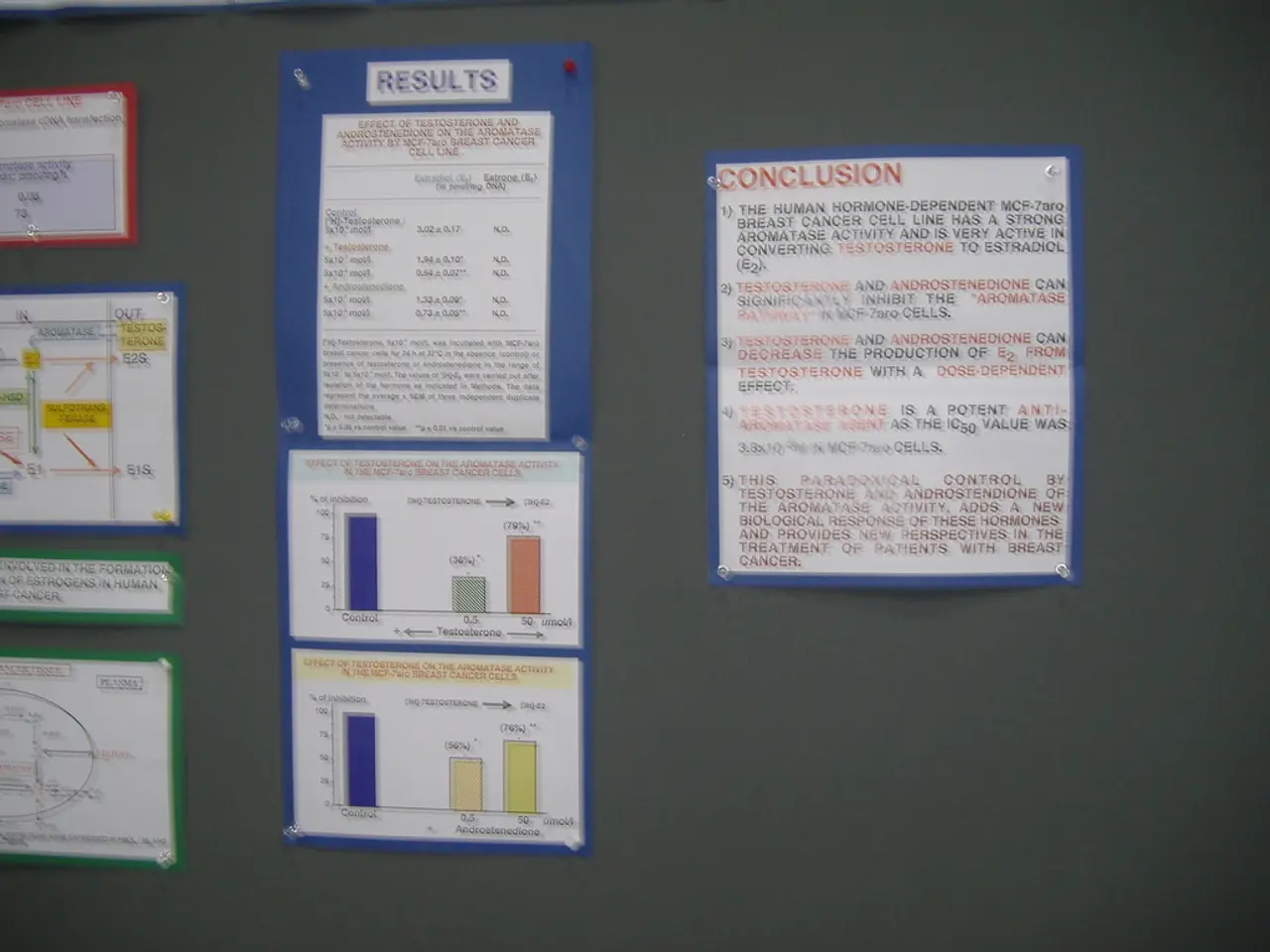Schwarzenberg City Announces Layoffs: Garage Owners Face Significant Financial Cuts
Garage Owners, Here's Some Unwelcome News:
It looks like your garage summer plans are about to hit a roadblock. You need to get your building and plot combined, and it's all thanks to some legal regulations. The rules will be set by the local municipality.
Now, let's dive a bit deeper into why this is happening. It's not just because some authority figures want to ruin your summer fun. These regulations are typically rooted in local land use, zoning, and building permit laws. Of course, these can vary depending on where you live, but they usually ensure that your garage is built on a compliant plot, often leading to the need to combine adjacent parcels to meet minimum lot size and zoning requirements.
- Combining Parcels: In many cases, several parcels need to be merged into one larger one that can accommodate the garage and any necessary infrastructure like septic systems. For instance, in Baneberry, Tennessee, plots must be big enough to house the building and the required septic area, with minimum sizes clearly defined (like 20,000 sq. ft. for new lots plus additional area per housing unit). Combining parcels might be necessary to meet these minimums.
- Zoning and Land Use Compliance: Zoning laws categorize land use (residential, commercial) and impose restrictions that affect garages, such as setbacks, maximum building height, and allowable density. Compliance with these zoning rules can affect whether adjacent plots need to be combined to meet legal standards or to allow the garage's intended use.
- Building Permits and Plan Approval: Any alterations to building plans, including garage construction, usually require approval from municipal building officials. This is to make sure all structures adhere to codes and regulations, including plot size and configuration.
- Parcel Boundary and Land Records: The municipality maintains official parcel boundaries. Changes to parcel configurations, like combining parcels, typically involve filing documents with the municipality to reflect the new, legally recognized combined parcel.
While the exact requirements for combining building and plot ownership for garage owners may differ based on the municipality's ordinances, the main goal is to ensure that the garage is constructed on a legally compliant plot, which often requires combining adjacent parcels to meet minimum lot size and zoning requirements. It's essential to consult local building and zoning departments to fully understand the requirements in your area.
To sum it up, as a garage owner, you often need to make sure the plot your garage sits on complies with the municipality's minimum size and zoning standards, which could require combining multiple parcels into a single legally recognized lot, followed by obtaining the necessary building permits and approvals from the authorities. Don't say we didn't warn you!
- To ensure that your garage complies with the municipality's legal standards, you might need to combine multiple parcels into a single lot, as this often meets the minimum lot size and zoning requirements for real-estate development, including garages.
- In some cases, before you can obtain a building permit for your garage, you may need to invest in the combined ownership of the building and the plot, following local regulations on land use, zoning, and building permits. This ensures business compliance and financial security for your real-estate investments.







